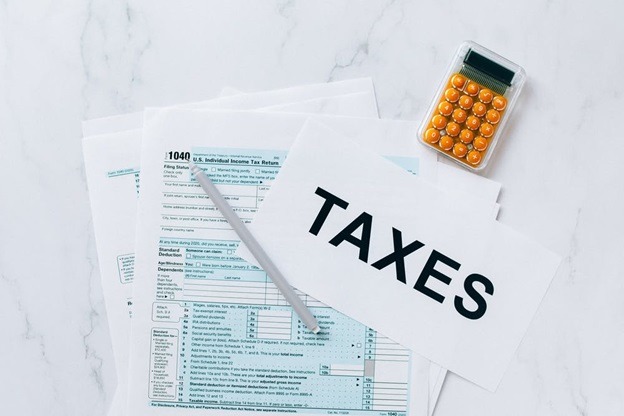When it comes to your personal finances, the most important thing you can do is to stay organized. This includes keeping track of your income and expenses, as well as filing your taxes on time. If you’re not sure where to start, follow these steps to file your taxes successfully.
1. Gather your tax documents
The first step to filing your taxes is to gather all the documents you’ll need. This includes items like pay stubs, receipts for expenses and charitable donations, bank statements, and any other relevant paperwork. If you’re unsure whether a certain document can be included in your tax filing, consult with your accountant or an official tax resource. There are also forms you need to get like a 1099 spreadsheet form and W-2. Once you have all your documents gathered, the next step is to calculate your taxable income. This is essentially the amount of money you earned that is subject to taxes. To do this, add up your total income from all sources and then subtract any deductions or tax credits. For most people, the majority of their income is from employment, so this step can be best completed using a pay stub.
2. Calculate your deductions and credits
Now that you have your taxable income, it’s time to calculate your deductions and credits. Deductions are amounts of money that can be subtracted from your taxable income, while credits are reductions in the amount of tax you owe. There are a variety of deductions and credits available, so make sure to research which ones apply to you. Some common deductions include those for student loan interest, mortgage interest, and state and local taxes. Credits include the Child Tax Credit and the Earned Income Credit. To claim any deductions or credits, you’ll need to fill out IRS Form 1040 or 1040A. You can also use IRS Form 1040EZ if your income is less than $100,000, and you don’t have any dependents.
3. File your taxes
The next step is to actually file your taxes. You can do this by filling out and submitting IRS Form 1040 on the official website. If you’ve chosen to use a different form like Form 1040EZ, follow the instructions on that particular document. Lastly, don’t forget to attach all of your tax documents when you submit your taxes. Depending on how complicated your taxes are and which forms you used, it can take between one day and six weeks for your tax refund to be processed. Once you get your tax refund back, make sure to monitor it in case there is any confusion or complications with the filing process. You may need to call or visit an IRS location if something doesn’t seem right after filing online. Also, keep in mind that you can’t receive your tax refund back until you file your taxes, so this is an important step to be aware of.
4. Stay organized for next year
Finally, once you’ve filed your taxes it’s critical to stay organized for next year. This means continuing to keep track of your income and expenses, as well as organizing all of your tax documents. You should also remember that filing your taxes is an annual obligation, so it’s something you’ll need to get used to. If you find the process too complicated or confusing, you may want to hire a professional or look into different forms which are easier for beginners. Above all else though, staying organized means being able to enjoy the money you earn without worrying about paying too much in taxes at the end of the year.
Why do you need to file your taxes responsibly?
The simple answer to this question is because you have to. In the United States, it’s a legal requirement to file your taxes on time and pay all of what you owe. While there are many reasons why people don’t file their taxes responsibly, most of them come from a lack of understanding about how important filing them properly really is. For example, being able to claim certain deductions or credits can result in a tax refund which is a big deal for many people across America. If you’re not claiming things like student loan interest or charitable donations, then it might be leaving money on the table. Furthermore, whenever someone fails to file their taxes correctly they put themselves at risk for audits and fines as well as putting their personal security at risk.
Is filing taxes hard?
Filing your taxes can be hard if you don’t know what you’re doing. However, there are many resources available to help make the process easier. For example, the IRS has a variety of online tools and guides which can walk you through every step of the filing process. In addition, most tax software programs are designed to be user-friendly and walk you through every possible deduction and credit. If you’re still feeling lost or confused about anything, there are also plenty of professionals who can help you out.
Filing your taxes doesn’t have to be difficult. By following these simple steps, you can ensure that your return is done correctly and on time. Stay organized and consult with a professional if you need help, and you’ll be filing your taxes like a pro in no time!
